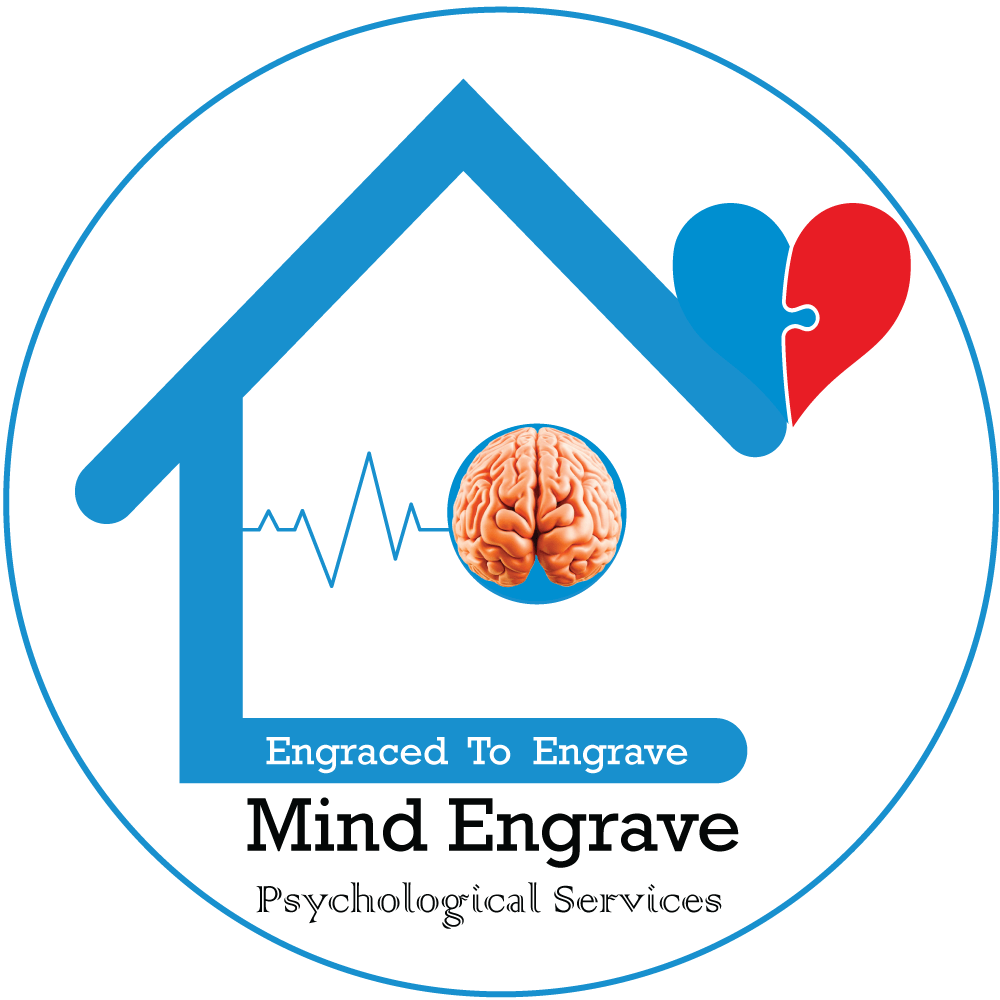Mind Engrave Clinic
Generalized Anxiety Disorder-7 (GAD-7)
GAD-7 provides a short, validated screen for anxiety symptoms. Answer seven items based on the last two weeks. The GAD-7 score helps guide follow-up and treatment decisions. Although primarily developed to screen for generalized anxiety, the GAD-7 also demonstrates good effectiveness in identifying three other common anxiety disorders — Panic Disorder, Social Anxiety Disorder, and Posttraumatic Stress Disorder. Complete the nine items based on the last two weeks. The GAD-7 score guides next steps and supports clinical judgment.
Over the last 2 weeks, how often have you been bothered by the following problems?
Scoring & Interpretation of GAD-7
Provisional Diagnosis
Each item scores 0 (Not at all) to 3 (Nearly every day). Add all item scores. Total range: 0–21. If score ≥10, consider clinical assessment. If you feel unsafe or think about harming yourself, contact emergency services now.
When used to screen for anxiety disorders, a GAD-7 score of 8 or higher is a practical threshold for flagging likely Generalized Anxiety Disorder; individuals who meet or exceed this cut-off should receive a more detailed diagnostic evaluation to confirm the presence and specific type of anxiety disorder. At this threshold the GAD-7 demonstrates a sensitivity of 92% and a specificity of 76% for diagnosing generalized anxiety disorder. The score ranges that follow correspond to different levels of anxiety severity:
- 0–4: Minimal or none
- 5–9: Mild
- 10–14: Moderate
- 15–21: Severe
Following a recent meta-analysis, experts have suggested using a cut-off of 8 to maximize sensitivity while preserving specificity.
Proposed Treatment Actions for Generalized Anxiety Disorder-7
- 0–4: Monitor; Self-care and Psychoeducation.
- 5–9: Offer brief interventions; follow-up in 2–4 weeks.
- 10–14: begin therapeutic intervention; consider referral.
- 15-21: arrange prompt clinical assessment and risk review.
Who benefits from this test:
- Professionals: Use the scores as part of measurement-based care and documented treatment planning.
- Adults: Use the test scores for routine screening in primary care and mental health settings.
- Teens: Use alongside family and school impact questions; consider age-appropriate follow-up.
Performance of GAD-7 as Screening Tool for Anxiety Disorders
(Using Score Cut-off of ≥10)
Generalized Anxiety Disorder
- Sensitivity: 89%
- Specificity: 82%
- Positive Likelihood Ratio: 5.1
Panic Disorder
- Sensitivity: 74%
- Specificity: 81%
- Positive Likelihood Ratio: 3.9
Social Anxiety Disorder
- Sensitivity: 72%
- Specificity: 80%
- Positive Likelihood Ratio: 3.6
Post Traumatic Stress Disorder
- Sensitivity: 66%
- Specificity: 81%
- Positive Likelihood Ratio: 3.5
Any Anxiety Disorder
- Sensitivity: 68%
- Specificity: 88%
- Positive Likelihood Ratio: 5.5
Notes for Professionals
Generalized Anxiety Disorder-7 is widely used in primary care and mental health settings. This test functions as a validated screening tool. Also, consider alternative screening for adolescents where clinically indicated. Document scores and follow-up plans.
Note:
All calculations occur on your device. No information you enter is transmitted to our servers.
Sources:
- Spitzer RL, Kroenke K, Williams JB, Löwe B. A brief measure for assessing generalized anxiety disorder: the GAD-7. Arch Intern Med. 2006;166:1092-7.
- Plummer F, Manea L, Trepel D, McMillan D. Screening for anxiety disorders with the GAD-7 and GAD-2: a systematic review and diagnostic metaanalysis. Gen Hosp Psychiatry. 2016;39:24-31.
- Kroenke K, Spitzer RL, Williams JB, Monahan PO, Löwe B. Anxiety disorders in primary care: prevalence, impairment, comorbidity, and detection. Ann Intern Med. 2007;146:317-25.
Acknowledgement
The GAD-7 was created by Drs. Robert L. Spitzer, Janet B. W. Williams, Kurt Kroenke and their colleagues, supported by an educational grant from Pfizer Inc. No permission required to reproduce, translate, display or distribute.
Note: To learn more about how GAD-7 works and its clinical background, check GAD-7 overview.







